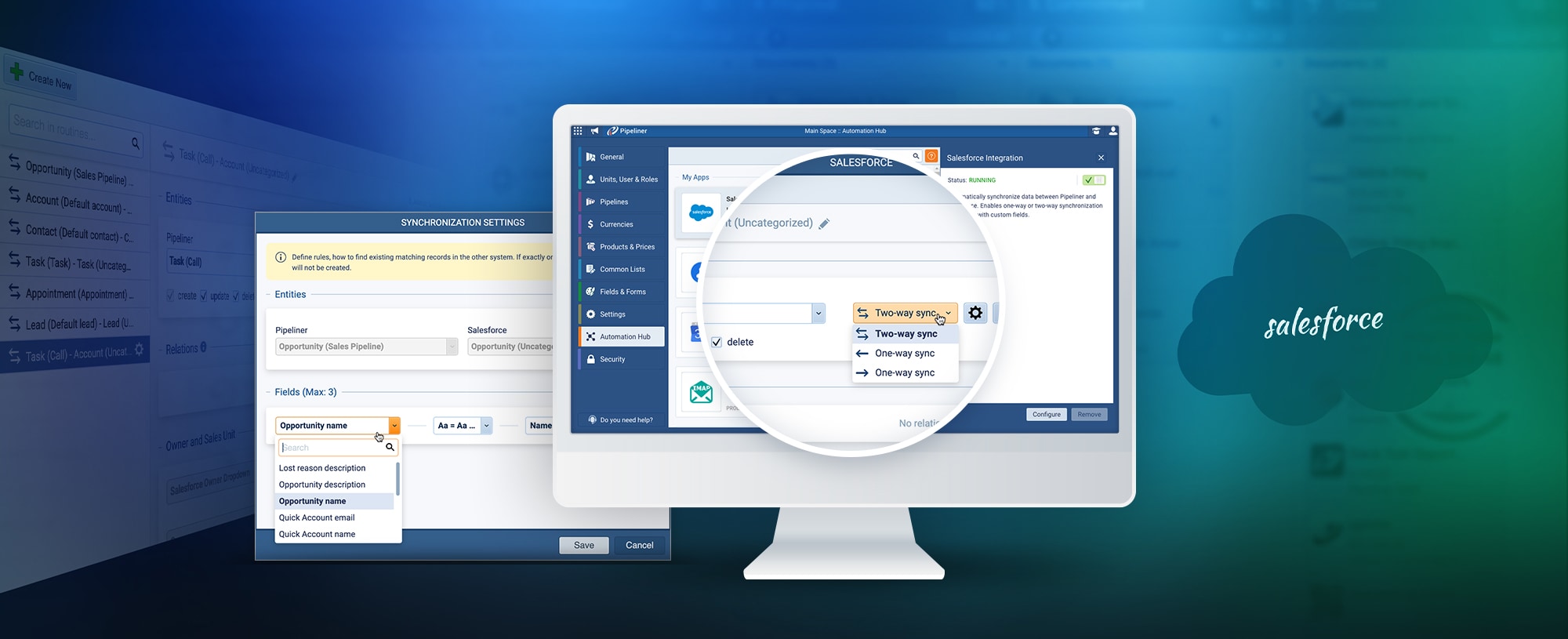As there are many, many books on sales management, so there are endless publications, articles, and blogs on the subject of lead generationLead Generation Lead Generation is a set of activities aimed at generating interest around a product or service through methods such as 1. content marketing (blogging, podcasts, free downloads); 2. advertising (PPC, banner ads, Yellow Pages, sponsoring an event); 3. referrals (recommendations from existing customers and other people); 4. outbound marketing (cold email, cold calling), and 5. partnerships (joint ventures, affiliate marketing).. This article doesn’t touch that subject but addresses another vital topic: how to handle leads as they’re coming in, and the basics of establishing your leadLead Lead refers to a prospect or potential customer (who can be an individual or organization) that exhibits interest in your service or product; or any additional information about such entity. management.
InboundInbound Inbound refers to interest (could be sales or marketing driven) that comes in – e.g. cold emails to you, submitted forms on your website, press inquiries, etc. and Outbound
As with many companies, our company deals with both inbound and outbound leads. For most companies, inbound leads come from their own website or from social media. Another variety of inbound leads come from paid lead sources.
There is a science to be applied to both inbound and outbound leads—and by any stretch, it’s not easy either way. Creating a great flow of inbound leads requires a lot of research and planning. Outbound lead campaigns might be even more involved, and it might take hundreds of calls to make one successful appointment.
I arrived in the U.S. from Austria in 2012 to establish Pipeliner CRM in America. There was certainly no standard text I could turn to and discover, “Here on page 93 it says exactly how to generate leads!” I, like everyone else, had to discover it for myself.
A sales managerSales Manager Sales Manager is an executive who leads a sales unit, team or department by setting goals and meeting targets, formulating plans and policies, designating tasks, and developing salespeople. should understand that an inbound lead ranks higher than an outbound lead, simply because an inbound is a reach originated by a prospect. The person already has some kind of alignment with what you’re offering.
Inbound leads generally make for faster closes. With outbound leads, since you’re starting from square one of the buying cycle, it can take much longer.
Is It Enough?
But from a lead management standpoint, you do need to establish if you are obtaining enough leads—inbound or outbound—to sustain your sales team. This breaks down even further to: how many leads does each salesperson need in order to close enough business?
With inbound leads, there must be a qualification process. Let’s say you have set up a conservative men’s clothing store in a mall, and people are always coming by and coming in. A young man comes in seeking “hip” fashions, and you have to turn him away as you don’t carry that kind of apparel—in other words, you qualify him out. Or perhaps even a woman comes in, but you don’t carry women’s clothes, so again you must politely turn her away.
Qualifying inbound leads is a constant process. The better your qualifying process is, the more qualified leads you’ll have for your sales team. Sales Development Reps (SDRs) are the ones in a company that pretty much have the job of qualifying inbound leads today.
Doing the Math
Nailing this down is a matter of math. You need to figure out:
- How many leads does a salesperson need to convert to one opportunity?
- How many opportunities does a salesperson need for one close?
Once you have figured these out, you have a statistical number you can work with.
You have to figure these out for yourself, but there are statistics being quoted today that might help you. It is said that only 38 percent of contacts turn into leads. So if you have 200 contacts, 76 of those will turn into leads. Note that they are unqualified leads. From my own operation, 40 percent of those unqualified leads will be successfully qualified, so those 76 would then become 30 qualified leads.
Then it becomes a question of how many qualified leads become sales. In my experience, it’s about 25 percent of those 30 qualified leads, which would come out to be 7 or 8 actual possibilities. So 200 contacts, in this case, boil down to 7 or 8 possible sales.
These are, however, only examples. Some percentages may assist you, but your primary focus should be the optimizationOptimization Optimization is the process or act of altering a system, design, or procedure such that it 1) attains full functionality or efficiency, or 2) generates maximum output, benefit, or impact. of your lead process. And that can only be done today through technology. Through technology, you can view precise specifics of how your process is progressing. You can then refine it so that it incrementally becomes better, and better, and better. That means that you’re always closing more deals.
Lead Management—An Effective Tool
In my opinion, making lead management truly work comes down to having the exact right tool.
Let’s say you’ve got 500 pictures you need to hang in a house. To get that amount of work done efficiently, you must have the right tool, which is probably a narrow hammer made for pounding small nails. Maybe you could use a heavy ashtray or a brick to drive a nail into the wall, but it certainly wouldn’t be efficient.
Pipeliner CRM is the most effective tool you can have for lead management.
Leads can be entered into Pipeliner manually, imported through .CSV files, or automatically imported from web forms. Additionally, Pipeliner includes a feature called Web Clipper—a customized Google Chrome Extension with which you can easily clip web pages, or highlight parts of web pages, and save them in Pipeliner as leads, accounts, contacts, and even tasks.
In Pipeliner CRM’s Pipeline View, leads have their own section, in which they can be readily seen, assigned, and qualified. Leads can be taken by assigned reps, qualified and then moved along the pipelinePipeline Sales pipelineis a visual representation of the stage prospects are in the sales process. (converted into opportunities), sent back to MarketingMarketing Marketing is the field, set of actions, or practice of making a product or service desirable to a target consumer segment, with the ultimate aim of effecting a purchase. or Sales Development Reps (SDRs) for further nurturing, or archived. Leads are easily dragged and dropped within Pipeliner CRM.
Once the lead becomes an opportunity, it is scored and ranked according to its chances of closing. The lead-become-opportunity will then show up in every Pipeliner reporting and opportunity tracking function. It will remain plainly visible to the rep until it is a won or lost deal.
Any lead or opportunity that is archived will keep all its relevant dataData Data is a set of quantitative and qualitative facts that can be used as reference or inputs for computations, analyses, descriptions, predictions, reasoning and planning. intact. If at any time the lead or opportunity comes back to life, it can be reactivated with a single click.
No two companies are alike—and the sales pipelineSales Pipeline Sales Pipeline is a type of visualization showing the status of each sales prospect in the customer life cycle or sales process. (sales processSales Process Sales Process is a series of strategic steps or a set of activities aimed at driving sales growth through the alignment of personnel, market insight, methodologies, relevant business units, and technology.) for any company is unique to that company. The company will have worked out how a lead is qualified, and then how it becomes an opportunity and moves through the process until it is won.
We have made Pipeliner CRM extremely flexible so it can be tailored to a company’s exact processes. Sales stages can be easily customized, and then changed if needed.
When leads come into the pipeline and are qualified, they are then moved to the first sales stage. From that point forward, they follow the successful path of further qualification and sales activities that your company has laid out.
You can even make the various tasks and activities within lead and opportunity management required—that is, the lead or opportunity cannot be moved until certain steps are achieved.





